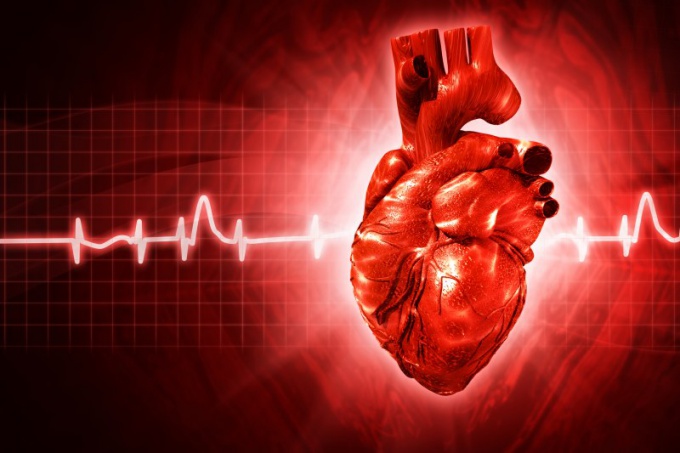What is the method
Currently popular is daily monitoring by Holter or Holter monitoring. This applies to a portable recorder, around the clock recording the electrocardiogram and transmit the information to the computer. Installed it the software provides a diagnosis of any cardiac arrhythmias, and painful and painless attacks of myocardial ischemia. This method of examination allows to make an accurate diagnosis, which greatly improves the efficiency of treatment of cardiovascular pathologies (hypertension, heart attack, atherosclerosis and myocarditis).
How to prepare for monitoring
Given that the received patient drugs affect the heart, before conducting the survey you need to report them to your doctor. When repeated monitoring is desirable to provide previous results of the ECG. Before the procedure should take a shower, since the installation of the electrode apparatus on the patient's body will make it impossible. During monitoring are not allowed to wear metal objects (jewelry and clothing items).
The technique of the procedure
The body of the examinee wears the Registrar, which is secured by a strap over the shoulder or wrist. The electrode disc is mounted on the chest. It takes heart pulses that are transmitted to the machine and recorded. After that, the electrode for some time is connected to a conventional cardiograph to ensure correct installation.
The patient during monitoring, it is recommended to keep a diary with notes about his physical activity and the symptoms manifested at this time. The appearance of dizziness, chest pain, sensation of palpitation and fainting you have to press the record button on the unit and make the entry in the diary.
At the end of the monitoring, the doctor removes the logger and electrode. The data from the withdrawn cassette is transferred to a computer and analyzed. After that it compares these data with the entries in the diary that is evaluated, what has caused the change in heart rate on the ECG.
Possible complications
As a rule, patients tolerate Holter monitoring, no complications were observed. Because the electrode does not pass electric current, it catch only minor signals arising from the heart.
